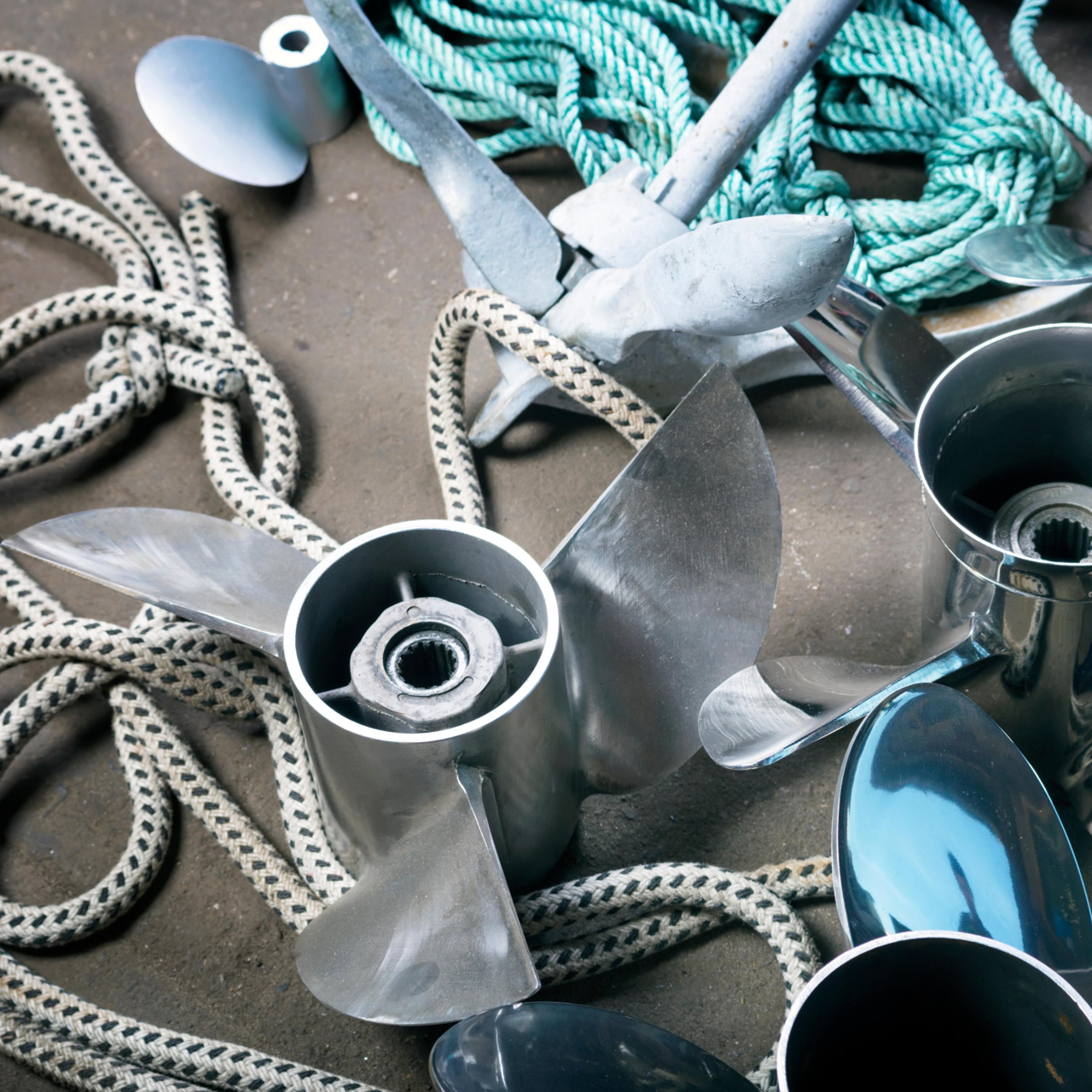
Propeller Basics and How They Affect Boat Performance
Propellers are found on every single outboard powerboat on the water. Boaters refer to them using a range of popular nicknames, including props, wheels, and screws, yet propellers are one of the least understood components in the power and efficiency equation.
In the most basic terms, a propeller is what turns the boat’s engine power into forward and backward movement of the vessel - otherwise known as propulsion. There is a range of factors in any propeller that can affect how it performs that job, potentially changing a boat’s performance, handling, and fuel efficiency for better or worse.
Boat Propeller Basics
Propeller size is expressed in two numbers or measurements, for example, 16X21. The first number always refers to diameter, which measures two times the distance from the center of the hub to the tip of any blade. In this example, the diameter is 16 inches. The second number - 21 - expressed here in inches, always refers to the propeller’s pitch.
The measurement of pitch is, in theory, the distance the propeller will travel through the water over the course of one full revolution. In real-world applications, no propeller is 100% efficient and there will always be some slip.
In addition to diameter and pitch, there are other descriptions specifically for a propeller’s blades. This includes rake, which is the degree to which the blades slant forwards or backward relative to the hub. Cupping is a term that describes if and how much the outer edge of each blade curves down.
Propeller Materials
Almost all outboard propellers are either crafted from aluminum or stainless steel. Aluminum is the most common material for propellers due to its relatively low cost and lightweight. While aluminum props are provided as standard equipment on a wide range of horsepower models, stainless steel propellers have become the common standard equipment for larger outboard motors and high-performance boating applications.
Stainless steel propellers deliver performance advantages compared to aluminum, thanks to blades that are stiffer and thinner, allowing them to cut through the water more efficiently. While stainless steel props cost considerably more, they are far more durable and can be repaired to near-new performance.
How Many Blades Are on a Propeller?
Most outboard engines use three or four-blade propellers. Three blades are the most common, as they provide great all-around performance together with superior top-end speed. In comparison, four-blade props are recommended for boats that are difficult to get onto plane, boats that may be slightly underpowered, or boats used for towing skiers and wakeboarders, where pulling power is more important than top-end speed.
Propeller Pitch Count
Having a propeller of the right pitch is especially important for optimizing both boat performance and fuel efficiency. Perhaps the best way to think about pitch is by comparing it to gearing on a car. A low-pitch - or a short prop - will provide strong acceleration or hole shot but may compromise top-end speed and cause the engine to exceed maximum RPMs, known as over-revving. In contrast, a tall prop with a high pitch rating can deliver top-end speed but will have a hard time getting the boat on plane. It can also make it hard for the boat’s engine to reach its optimal operating range.
Using the car comparison, low gear is great for coming off the line and climbing up steep hills. But it wouldn’t be very practical to drive on the freeway with a car stuck in low gear. Conversely, you wouldn’t want to climb a steep hill with a stick shift car stuck in 5th gear.
The ideal prop for each boat is one that provides strong acceleration and hole shot, while also allowing the engine to reach the recommended maximum RPM range at wide-open throttle. Finding this might require a bit of trial and error. If you’re running a 17-inch pitch prop and going past your engine’s recommended maximum RPM at wide-open-throttle, try the next higher 19-inch pitch model. The opposite can also apply, depending on your situation. Try moving down in pitch if your boat is sluggish out of the hole, and/or can’t reach its maximum RPM range while running at full throttle.
How to choose the right propeller for your boat
An ill-fitting prop can cause a range of issues for boaters. As we’ve discussed, your boat may accelerate sluggishly, not reach the top speed you expect, or use more fuel than it should. Running an engine with a prop that doesn’t allow the motor to reach its maximum operating range can even cause engine damage over time.
Running different propellers is the best way to narrow down the ideal option for your boat. To make this testing and evaluation process realistic, load your boat the way you use it. If you’re an offshore fisherman who always fishes with tons of gear and three buddies, fill up the tank, load up your gear, and take your friends along on propeller trials.
You want to find a prop that not only hits the numbers you’re looking for but also reaches your goal during actual real-world situations. Again, you’re looking for a propeller that provides the best balance of hole shot and top-end performance. Your boat should pop onto plane without too much bow rise, and your engine RPMs should fall within the manufacturer’s recommended range when properly trimmed out and running at top speed.
When buying a new boat or repowering an existing one, work with your dealer on prop recommendations. Try various options if possible. Even if you’ve been running the same boat for years, you might be able to improve your boat’s performance and fuel efficiency by upgrading to a different propeller.
When in doubt, contact your local SIERRA dealer and consult your engine's manual.

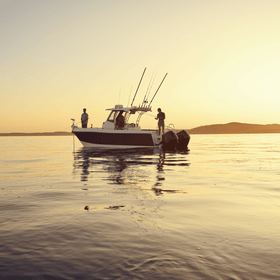
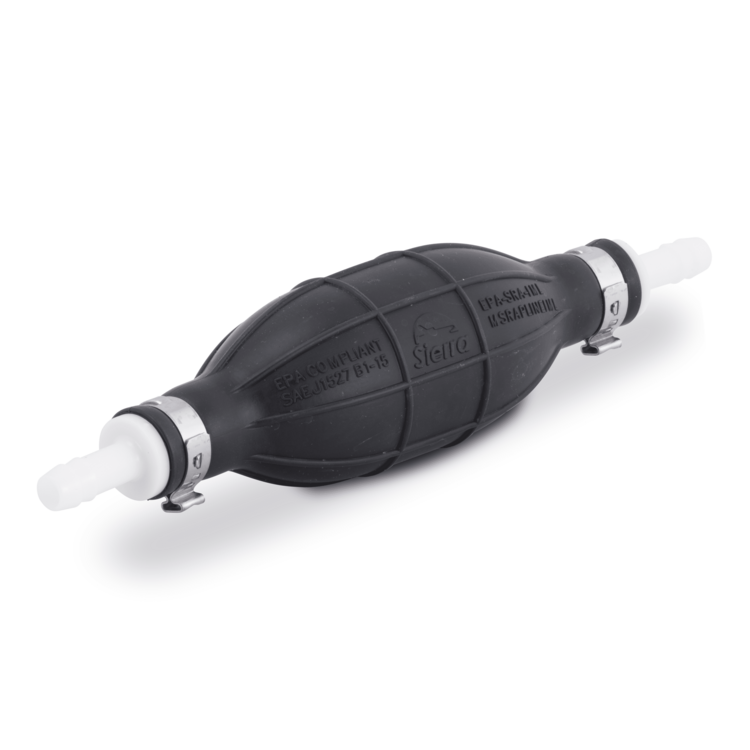

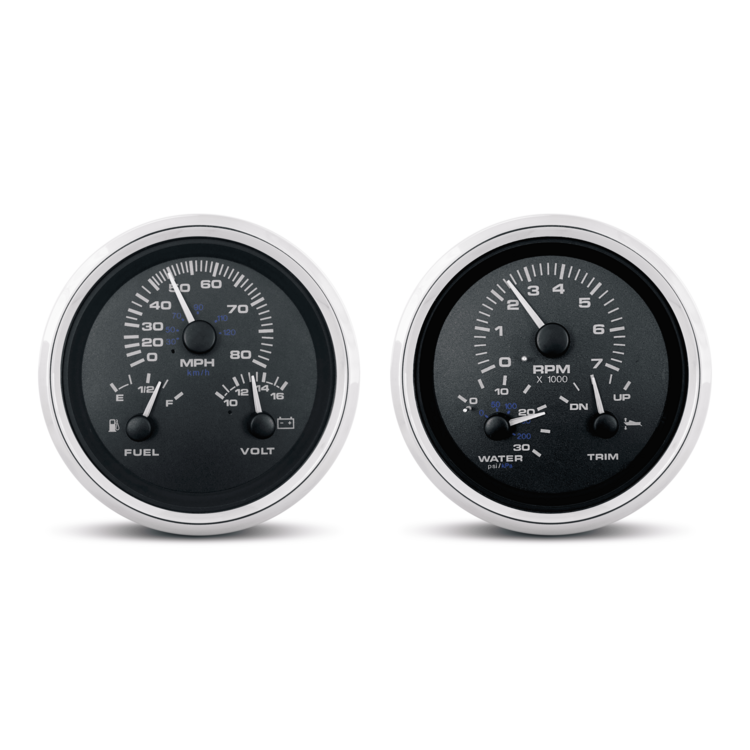
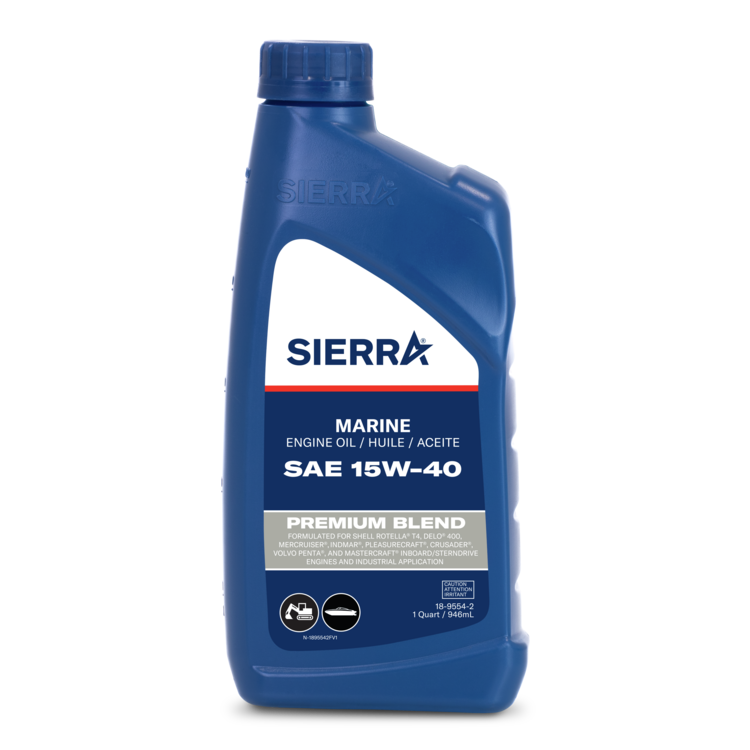
Leave a comment